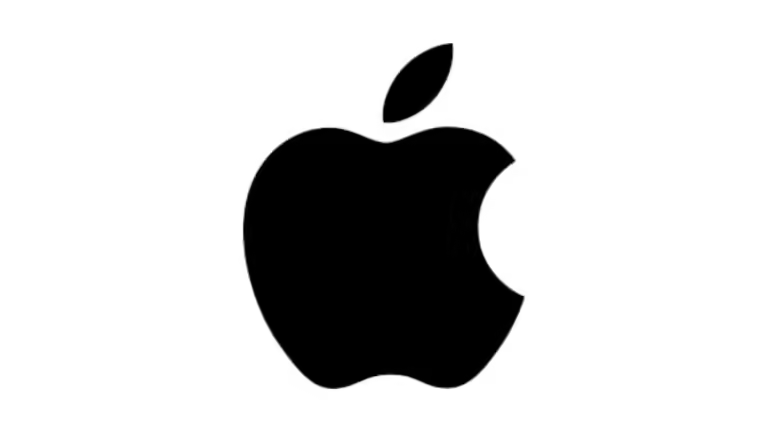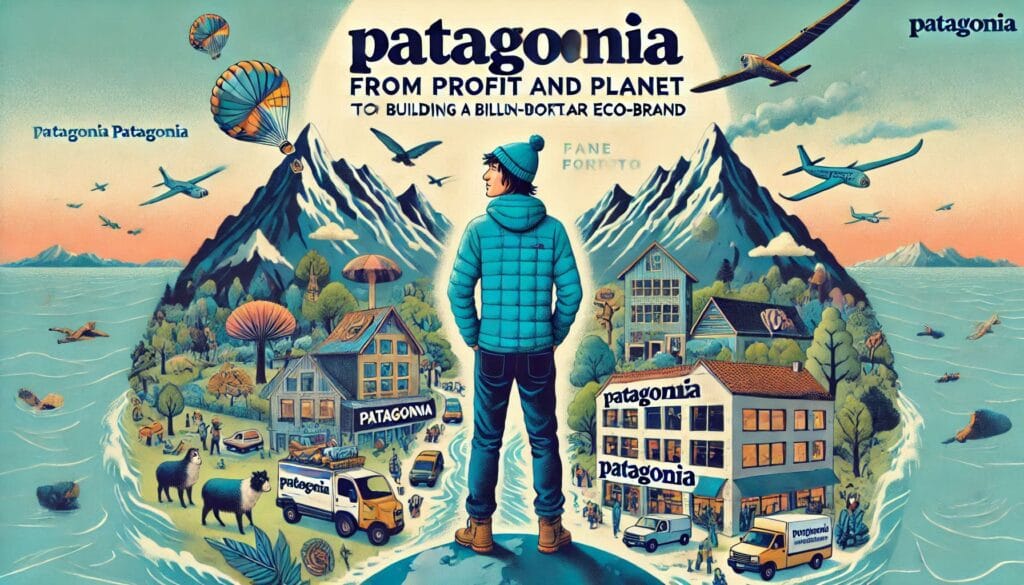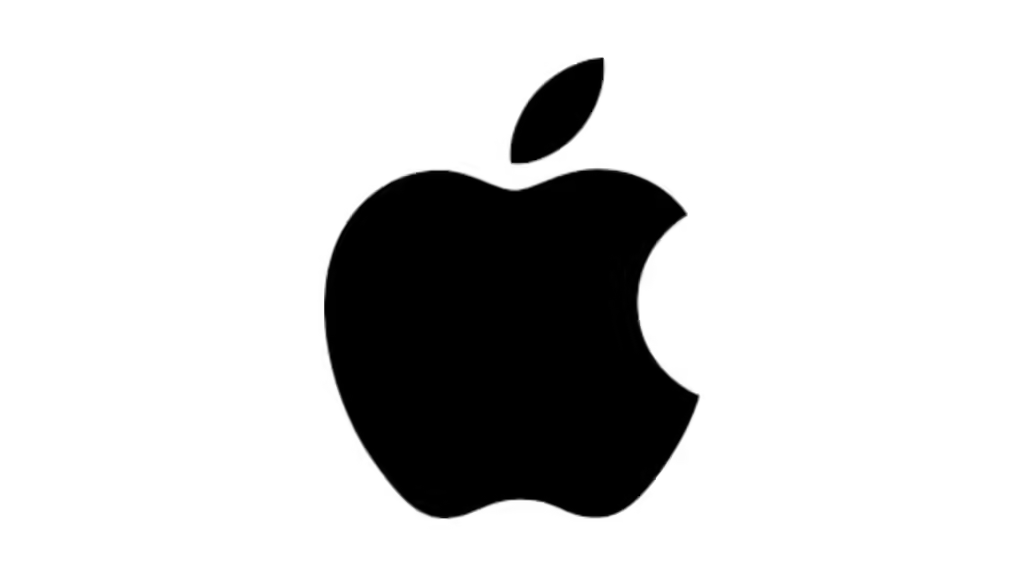How Netflix Changed the Entertainment Industry

Imagine you have a magic library where you can choose any story you want to watch, anytime, anywhere. That’s what Netflix does today! But once upon a time, it started with just renting out DVDs. Let’s dive into how this company transformed from a small DVD rental service to a global streaming giant.
The Beginning - A David in a Goliath's World
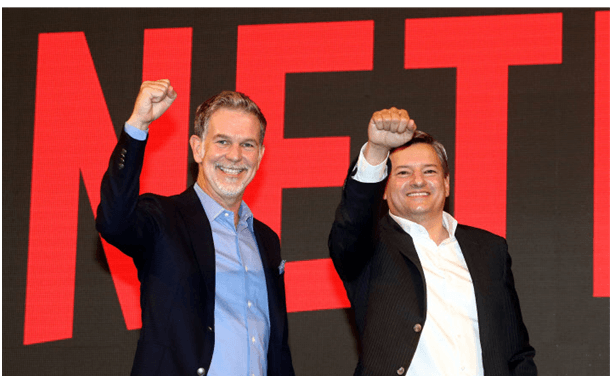
Who Started It?Netflix was actually started by Reed Hastings & Marc Randolph. They wanted to make watching movies at home easier without late fees, something that was a big deal back then.
The Big ChallengeThey were up against Blockbuster, a giant with stores everywhere. Blockbuster had all the movies, but you had to go to their store, sometimes wait in line, and, oh no, if you were late, you paid extra!
The Early Days: DVDs in the Age of Blockbuster
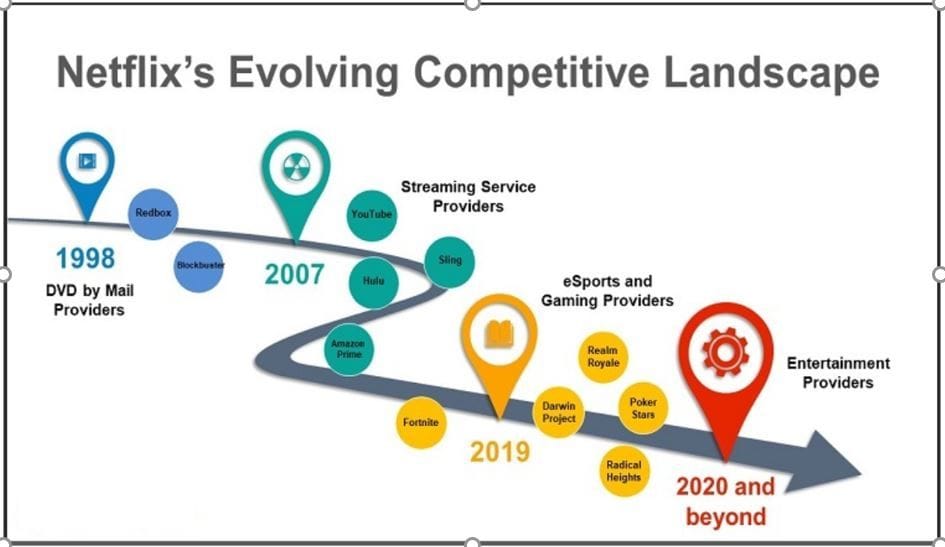
The initial business model was simple: customers could rent DVDs online and have them delivered by mail. While this was a novel idea, it was up against Blockbuster’s massive physical store network and strong brand presence.
Challenges in the Beginning:
- Limited Audience: DVD players were still not widespread in the late 1990s, which limited Netflix’s customer base.
- Operational Costs: Shipping DVDs and managing logistics required significant capital.
- Market Dominance by Blockbuster: With over 9,000 stores and billions in revenue, Blockbuster seemed untouchable.
Despite these challenges, Netflix introduced a subscription model in 1999, allowing users unlimited rentals for a flat monthly fee. This innovation set the stage for future success.
The Obstacle: The Streaming Gamble
By the mid-2000s, Netflix realized that its DVD rental business had limitations. Customers were starting to shift towards digital consumption, and the rise of broadband internet made streaming a possibility. However, transitioning to streaming posed enormous challenges:
- Technical Barriers: Building a reliable streaming platform required significant investment in technology and infrastructure.
- Content Licensing: Securing streaming rights from major studios was expensive and complex.
- Financial Risk: Streaming was a nascent industry with no guarantee of success, and pivoting required huge upfront costs.
Meanwhile, Blockbuster dismissed Netflix as a minor competitor and chose not to adapt its business model. This lack of foresight would prove to be a fatal mistake.
The Turning Point: Streaming and Original Content
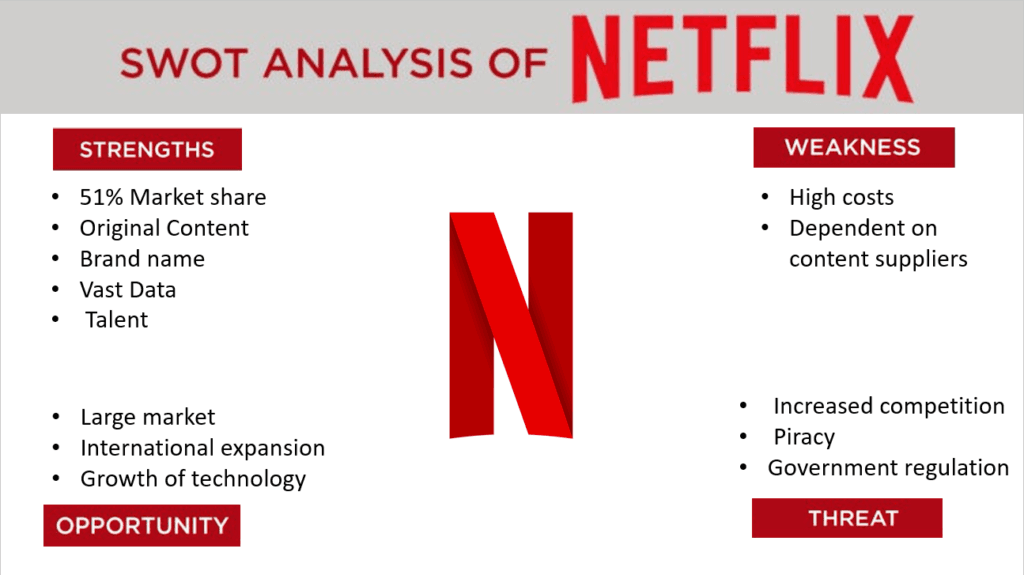
Netflix made the bold decision to pivot to streaming in 2007. This shift transformed the company from a DVD rental service to a digital entertainment platform.
Key Milestones in the Transition:
- 2007: Launch of Streaming
- Netflix was introduced its streaming services, allowing their subscribers to watch movies and watch TV shows online.
- Initially, the catalog was limited, but it offered convenience and signaled a new era of on-demand entertainment.
- 2010: International Expansion
- Netflix expanded its streaming service to Canada, followed by Latin America, Europe, and other regions.
- This global reach positioned Netflix as a leader in the streaming market.
- 2013: Original Content Creation
- Netflix debuted its first original series, House of Cards, marking a significant turning point.
- The show was a massive success, proving that Netflix could compete with traditional TV networks and cable providers.
- 2017: Global Domination
- By 2017, Netflix was available in over 190 countries, with a growing library of original content.
- Hits like Stranger Things and The Crown solidified Netflix’s reputation as a premier content creator.
The Success: A Streaming Giant
Netflix’s decision to pivot to streaming and invest in original content paid off spectacularly. Today, it is a household name synonymous with on-demand entertainment.
By the Numbers:
- Subscribers: Over 230 million worldwide as of 2023.
- Revenue: Annual revenue exceeding $31 billion.
- Content Library: Thousands of titles, including original movies, series, and documentaries.
- Awards: Netflix originals have won numerous Emmys, Oscars, and Golden Globes.
Key Success Factors:
- User Experience: Netflix’s intuitive interface, personalized recommendations, and seamless streaming set it apart from competitors.
- Data-Driven Decisions: By analyzing viewer data, Netflix created content tailored to audience preferences.
- Aggressive Content Strategy: Investing billions annually in original programming ensured a steady stream of exclusive content.
- Global Reach: Netflix’s commitment to producing local content for international audiences helped it capture diverse markets.
Lessons from Netflix’s Journey
Netflix’s success story offers valuable insights for businesses and entrepreneurs:
- Innovation is Risky but Necessary: Pivoting to streaming was a gamble, but it paid off because Netflix was willing to take bold risks.
- Customer-Centric Approach: Netflix’s focus on user experience and personalized content fostered customer loyalty.
- Don’t Underestimate Competitors: Blockbuster’s failure to take Netflix seriously ultimately led to its downfall.
Conclusion
Netflix’s journey from a DVD rental company to a global streaming powerhouse is a testament to the power of resilience, innovation, and adaptability. By embracing change and investing in the future, Netflix not only survived but thrived, setting a new standard for the entertainment industry. Today, it stands as a shining example of how bold decisions and a customer-first mindset can turn a small start-up into a global leader.
FAQs
Netflix started in 1997 as a DVD rental service by Reed Hastings and Marc Randolph. They aimed to eliminate the inconveniences of traditional video rental stores, like late fees and the need to travel to a physical location.
Initially, Netflix operated on a subscription model where customers could rent DVDs online, have them mailed to their home, and return them without any late fees, paying a flat monthly rate for unlimited rentals.
The primary challenge was competing with Blockbuster, which had an extensive network of stores and a well-established brand. Netflix had to convince consumers to try a new, less tangible service.
Netflix launched its streaming service in 2007, marking its transition from a DVD rental company to a digital streaming platform.
In 2013, Netflix began producing original content with “House of Cards,” which not only helped differentiate it from competitors but also established it as a content creator, not just a distributor.
Starting with Canada in 2010, Netflix’s international expansion allowed it to tap into global markets, significantly increasing its subscriber base and diversifying its content offerings to cater to different cultures and languages.
Netflix uses sophisticated data analytics to understand viewer preferences, which helps in making decisions about which shows to produce or renew, leading to highly tailored content that resonates with viewers.
Netflix has disrupted traditional television by offering on-demand content, reducing the reliance on scheduled broadcasting and changing how content is consumed and produced, leading to the decline of traditional cable TV subscriptions.
Key milestones include the launch of streaming in 2007, the debut of ‘House of Cards’ in 2013, global availability by 2017, and surpassing 230 million subscribers by 2023.
Key lessons include the importance of innovation, even if risky, maintaining a customer-centric approach, and never underestimating potential competitors. Netflix showed that adaptability and foresight in technology trends are crucial for long-term success.
Share this post






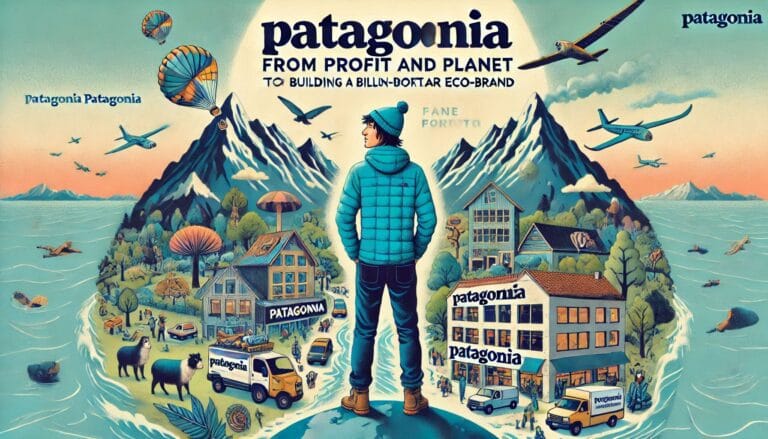

Chiranjeev Jaiswal
Chiranjeev Jaiswal (M.B.A. and P.G.D.M.in Marketing from IM-BHU) launched "Vibrant Marketer" out of a deep passion for all things marketing. After years of working in the industry, he realized that marketing success isn’t about following the same playbook—it’s about staying ahead of the curve and thinking outside the box.


